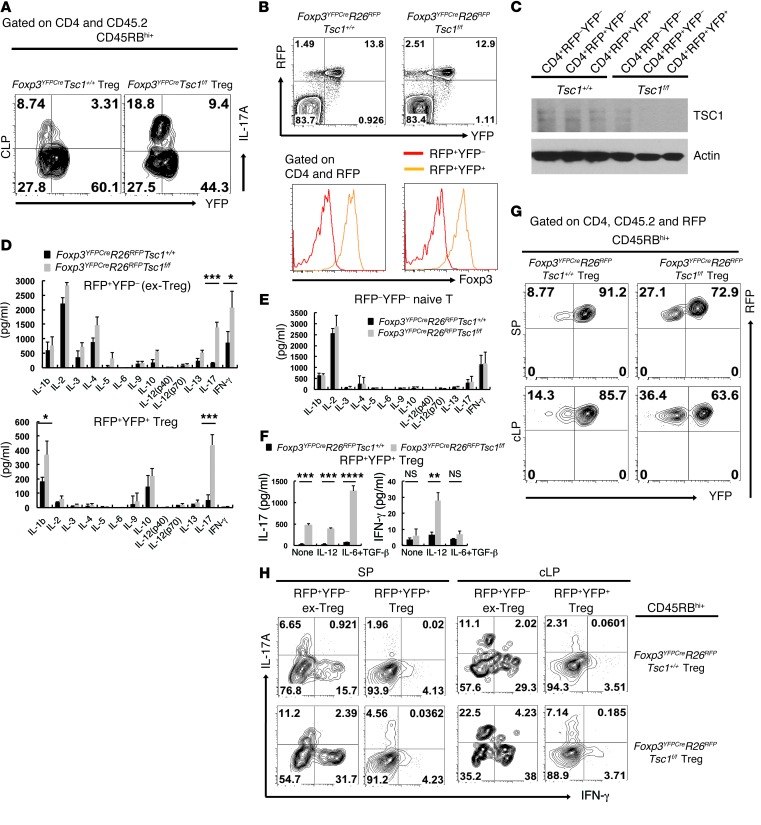Figure 5. TSC1-deficient Foxp3+ Treg cells produce IL-17 and convert into effector-like T cells.
(A) Flow cytometric analysis of IL-17A–producing CD45.2+CD4+ Treg cells from cLP of recipient mice as in Figure 4D, 6 weeks after transfer, followed by restimulation with PMA/ionomycin for 6 hours. (B) Flow cytometric analysis of YFP and RFP expression in CD4+ T cells (upper panel) or Foxp3 expression in CD4+RFP+ T cells (lower panel) in Foxp3YFPCreR26RFPTsc1+/+ and Foxp3YFPCreR26RFPTsc1f/f mice. (C) Immunoblot analysis of TSC1 in sorted CD4+RFP–YFP–, CD4+RFP+YFP–, and CD4+RFP+YFP+ T cells from Foxp3YFPCreR26RFPTsc1+/+ and Foxp3YFPCreR26RFPTsc1f/f mice. (D and E) Sorted CD4+RFP+YFP+ Treg cells (D, right panel) or CD4+RFP+YFP– ex-Treg cells (D, left panel), or CD4+CD62L+RFP–YFP– naive T cells (E) from Foxp3YFPCreR26RFPTsc1+/+ and Foxp3YFPCreR26RFPTsc1f/f mice were stimulated with anti-CD3/CD28 for 36 hours. Cytokine production was measured by Bio-Plex multicytokine assay. (F) Sorted CD4+RFP+YFP+ Treg cells were stimulated with anti-CD3/CD28, IL-2, and the indicated cytokines for 48 hours. Cytokine production was measured by Bio-Plex multicytokine assay. (G and H) Rag1–/– mice were given sorted CD4+RFP+YFP+ (CD45.2+) Treg cells from Foxp3YFPCreR26RFPTsc1+/+ or Foxp3YFPCreR26RFPTsc1f/f mice, together with CD4+CD45RBhi (CD45.1+) T cells. Flow cytometric analysis of RFP and YFP expression (G) or cytokine production (H) in CD45.2+CD4+RFP+ T cells of the recipient mice 6 weeks after transfer. Data are representative of (A, B, G, and H) or compiled from (D–F) two to five independent experiments. Error bars indicate the mean ± SD. *P < 0.05, **P < 0.01, ***P < 0.001, and ****P < 0.0001 by two-tailed, unpaired Student’s t test.

